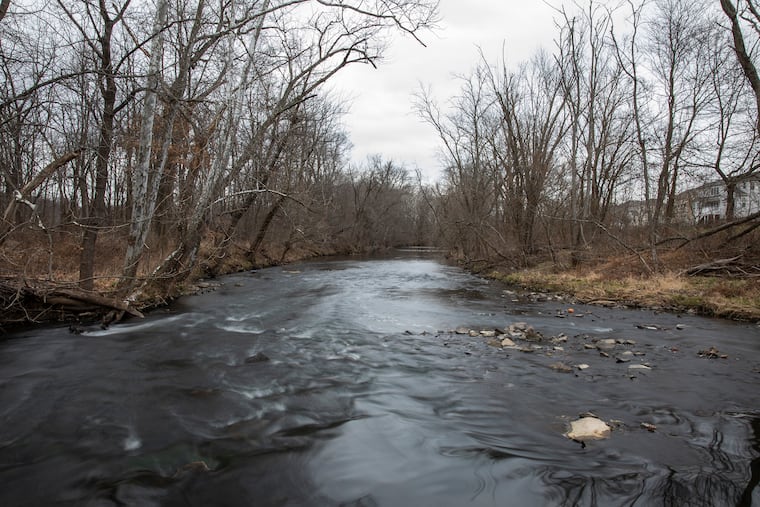U.S. House passes legislation to address PFAS chemical contamination
The sweeping package of measures would establish federal regulations for toxic, persistent chemicals known as PFAS that have contaminated water in Bucks and Montgomery Counties and many other places. The Trump Administration has threatened to veto the bill.

The House of Representatives on Friday passed a sweeping package of measures that would establish federal regulations for the toxic, persistent chemicals known as PFAS and compel the cleanup of contaminated areas.
President Donald Trump’s administration threatened this week to veto the bill if it passes the House and Senate, saying the legislation would bypass regulatory processes and impose unnecessary costs on the Environmental Protection Agency and other departments.
The bill contains measures that were nixed from other legislation passed in December after an impasse between Republican and Democratic leaders, and that would be a major step in addressing a pressing environmental issue.
An estimated 1,400 communities — including some in Bucks and Montgomery Counties — and more than 300 military bases nationwide have some PFAS contamination, lawmakers said Thursday. As many as 100 million Americans could have drinking water affected by PFAS, the Environmental Working Group estimated.
The EPA “is not going to take care of this problem. Congress needs to act,” Rep. Debbie Dingell (D., Mich.) told colleagues on the House floor Friday morning. “The longer we wait, the worse the contamination becomes.”
The legislation “would set our country on track to effectively begin to confront this PFAS contamination crisis,” Rep. Andy Levin (D., Mich.) said on Thursday.
The legislation reflects 3½ years of growing anxiety in communities from Pennsylvania to Michigan to California, growing research about the potential health effects of the chemicals, and growing agitation by lawmakers to add the chemicals to federal regulatory and cleanup programs.
“I now urge the Senate to quickly vote on this bill,” said Rep. Brendan Boyle (D., Pa.), one of the Philadelphia-area lawmakers who contributed to the bill. “It’s time we rectify this ongoing crisis.”
After passing with 247 votes, including those of 24 Republicans, the legislation now goes to the Senate, where its prospects are murky. Lawmakers on the House’s PFAS Task Force, which is cochaired by Bucks County Republican Brian Fitzpatrick, tried to pass many of the measures in the latest defense spending bill, but several opposed by Republicans were stripped out before that bill passed as negotiations fell apart.
They said Thursday that they were working with senators, and that Republicans on the PFAS Task Force were trying to help bring counterparts in the Senate on board.
“If they’re willing to act, we’re willing to work with them,” Rep. Dan Kildee (D., Mich.) said of Senate Republicans.
The EPA is researching and monitoring PFAS and developing some guidelines, all processes that began in February or earlier and are not complete. The EPA had pledged to take the next step in creating a drinking water regulation by the end of 2019, but failed to do so.
“For the first time in agency history, we utilized all of our program offices to construct an all-encompassing plan to help states and local communities address PFAS and protect our nation’s drinking water,” EPA Administrator Andrew Wheeler said this week.
The bill would designate two common types of PFAS as hazardous substances, require the EPA to establish drinking water regulations for them under the Safe Drinking Water Act, add them to the Toxic Release Inventory, and list them as hazardous air pollutants.
It would also require polluters to clean up PFAS contamination under the Superfund law, provide for some monitoring, testing, and funding, prohibit burning PFAS for disposal, and minimize the use of firefighting foam and other equipment containing the chemicals.
New Jersey Democrat Andy Kim, whose House district includes Joint Base McGuire-Dix-Lakehurst, said he often gets questions from community members concerned about the chemicals.
“I think about my neighbors, I think about my two baby boys and what kind of water they’re drinking, and whether or not it’s going to be safe,” Kim said.